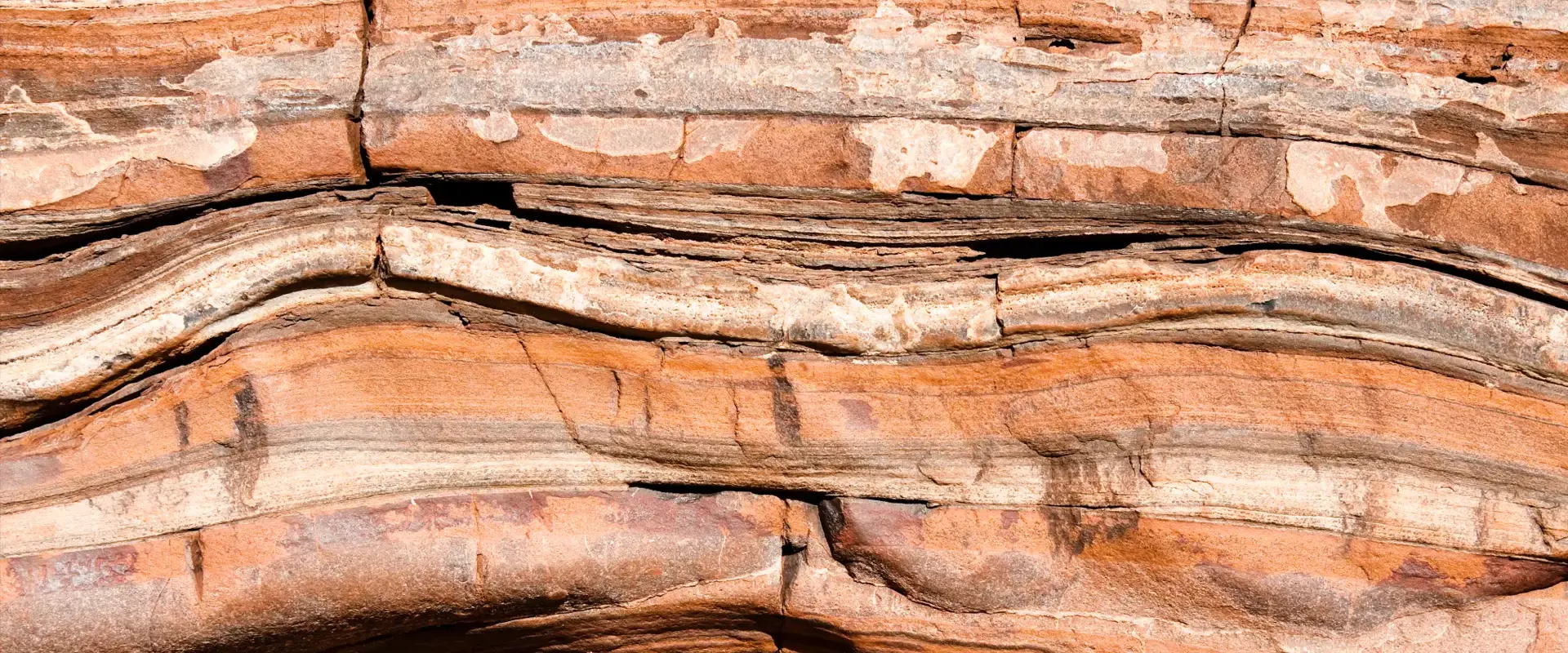
The Great Glen Fault, Scotland

The Great Glen Fault from space: © NASA
Visible from space, the Great Glen is a huge valley in the Scottish Highlands, eroded by glaciers more than 10,000 years ago. These glaciers carved the valley below present day sea level, forming a series of deep lakes, the largest and most famous of which is Loch Ness.
The Great Glen hosts the most prominent fault in the British Isles, the Great Glen Fault. It originated towards the end of the Caledonian Orogeny (around 430-390 million years ago), and cuts diagonally across the Highlands from Fort William to Inverness.Like other major fault zones around the world, the Great Glen has a long history of reactivation. Although it is known that the north west and south east sides of the
 |
|
| The Great Glen Way: © Tim Heaton |
The Great Glen has been recognized as a major fault zone for well over a century, but it was not until the work of William Kennedy in the 1930s (published in 1946) that its significance was recognized.
Kennedy showed that the fault had moved sideways – as a so-called strike-slip (or wrench) fault. It was one of the first such structures to gain wide acceptance and in the years before plate tectonics was established, was important evidence for large-scale lateral earth movements.
Podcast: Listen to Rob Butler, University of Aberdeen, and Tim Wright, University of Leeds, discussion the Great Glen Fault
Further reading:
Kennedy, W.Q. 1946. The Great Glen Fault. Quarterly Journal of the Geological Society, London, 102 (1946), pp. 41-76
Bluck, B.J. 1995. W. Q. Kennedy, the Great Glen Fault and strike-slip motion. In: Le Bas, M. J. (ed.), 1995, Milestones in Geology, Geological Society, London, Memoir No. 16, 57-65.
Twinned with: North Anatolian Fault, Turkey
The North Anatolian fault stretches across northern Turkey and its movement is strike-slip in nature just like the ancient movement seen at the Great Glen Fault in Scotland. The fault runs along the boundary between ...continue reading
Related Links
- Dan McKenzie Archive
- The Rock Cycle
- Plate Tectonics schools website
- Plate Tectonics Glossary
- The Rock Cycle - Strike-slip faulting
| Back to main stories page > |
Other sites
- Twin: Windward Isles
Cwm Idwal
- Twin: Mount Pinatubo
Sperrin Mountains
- Twin: Sierra Nevada
Southern Uplands
- Twin: Nankai
Ben Arnaboll
- Twin: Glarus Thrust
Outer Isles
- Twin: Tohoku Earthquake
Clogherhead and Shannon
- Twin: Papua New Guinea
Cairngorms
- Twin: New Hampshire Granites
Great Glen Fault
- Twin: North Anatolian Fault
The Lizard
- Twin: Troodos Ophiolite
Yoredales
- Twin: Antarctica
Stanage Edge
- Twin: Ganges Delta
Hartland Quay
- Twin: Zagros Range
Amroth-Saundersfoot-Tenby
- Twin: Salt Range, Pakistan
Vale of Eden
- Twin: East African Rift Valley
Zechstein
- Twin: Sicily
Alderley Edge
- Twin: Navajo Sandstone
Isle of Skye
- Twin: Mount Kilimanjaro
Lulworth Cove
- Twin: Albania
Giant's Causeway
- Twin: Cascade du Ray Pic
